Google Adsense—>

Dog Over-Reactive Around Other Dogs, Dog To Dog Reactivity, Dog Aggression, Dog Lunging
Stopping Dog to Dog Reactivity and Aggression
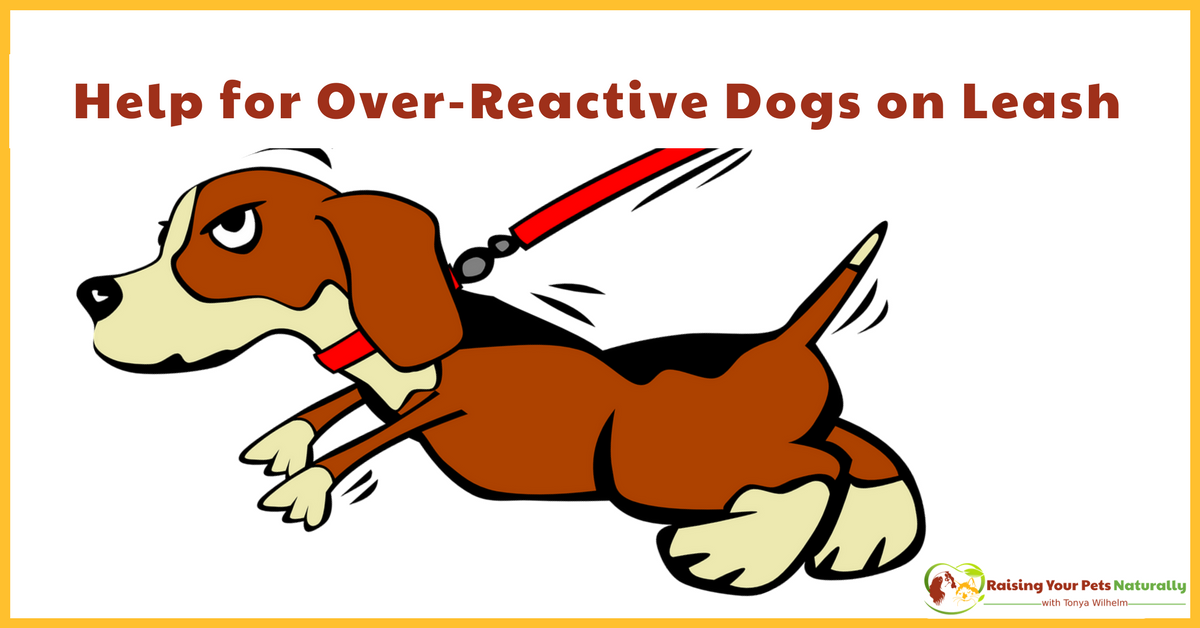
If this scenario sounds at all familiar, you too are probably living with a dog who is a bit reactive, or fearful of other dogs and/or people. Believe me, I can relate! My golden retriever, Theo, suffered from a variety of issues including being dog reactive until he passed in 2009. When I refer to the term “dog reactive,” for me, it means a dog who overreacts with either excitement, extreme fear, or arousal around other dogs.
Watch the video vlog and don’t forget to subscribe!
As a professional dog trainer, I can tell you this is a very common behavior problem. There are a lot of reasons a dog can become dog reactive, including improper socialization as a puppy, corrections when around other dogs, medical conditions, and the list goes on. In this blog post, I will focus on a few of the key concepts to get you and your dog out walking more with confidence. But I do urge you, if you are living with this problem, please seek a professional who is well versed in this behavior, and only uses positive methods.
- Management: I know, you may be thinking to yourself, “if I could manage my dog around other dogs, I wouldn’t need to read this post.” I hear you, I really do. But we still need to address some management issues if you want to work on changing your dog’s behavior around other dogs. In order to change this behavior, you really need to try to prevent your dog from performing the unwanted behavior in the first place, so you can replace it with a new behavior.
- Space: How much space does your dog need between him and the other dog in order to successfully give you his attention for a treat or toy? This will be your key to success. If your dog will not eat a tasty (chicken, steak, cheese, etc.) treat and would rather bark, lunge, or pull towards the other dog, you are TOO CLOSE!
- Location: Remember the SPACE point? If your dog needs 20′ between him and the other dog to get success and you are about to walk on a 10′ wide bridge, you are setting your dog up to fail. Or if you are on a path in the woods without a “get away” location, you are again setting your dog up to fail.
- Time: Think about the time of the day that you will run into the least amount of dogs. Ideally, you will see a few on your walk so the training can occur, but you don’t want so many that you overwhelm your dog in one outing.
- Training Equipment: We won’t go into reasons why your dog may be reactive around other dogs, but anxiety is a common reason why dogs start to exhibit this behavior. So, we will leave any kind of punishment in the hands of outdated TV programs. I personally prefer to work with humane and effective training tools such as front clipping harnesses (Freedom No-Pull Harness, Ruffwear Front Range or Sensation), 6′ nylon or leather lead, yummy treats, and toys.
- Training: After management tools are addressed, the next step is to work on changing your dog’s reaction around other dogs. Below are a few concepts to get you started.
- U-Turn: The first thing you should teach your dog is a quick U-Turn. This will help you out in the times when you and your dog get surprised and are a little too close for comfort. Start with your dog leashed inside your house, or in your own yard providing no other dogs will be around. Start to take a few steps with your dog, then say your dog’s name and “this way” in an upbeat tone as you simultaneously tap your leg closest to your dog and make a U-Turn. At this time, treat your dog for coming with you. So it would sound like this, “Theo, this way!” in a happy, fun tone. Practice this at various times when working with your dog on or off leash. Increase the distractions as your dog picks up the concept and moves quickly. Practice on your walks when you DON’T see other dogs so you and your dog are a pro when you need it.
- Desensitization and Counterconditioning: Two big words that may sound intimidating at first, but once you get the hang of it can become second nature. When you are working with a dog who has emotion attached to his behavior (anxiety, arousal, etc.), you want to focus on changing his emotional state. Try not to focus on what he’s doing wrong, but focus on helping him get more comfortable in a particular situation. This is the most effective and has a more successful long-term effect on your dog’s behavior.
In psychology, desensitization is defined as the diminished emotional responsiveness to a negative or aversive stimulus after repeated exposure to it. In other words, your goal will be to reduce or eliminate your dog’s reactivity around other dogs. This can be done by gradually exposing your dog to other dogs at such a distance that he does not react and instead, can take treats from you and focus. - Counterconditioning is the conditioning of an unwanted behavior or response to a stimulus into a wanted behavior or response by the association of positive actions with the stimulus. For our purposes, you will want to teach your dog to have good feelings around other dogs. You will do this by associating the other dog with something good like meat treats or a high-value toy. Now the other dog predicts this wonderful experience, not the emotional baggage it once did. Over many repetitions, he can learn the once upsetting intruder dog equals good stuff from Mom/Dad.
For more information on how to apply these training principles to your dog, please feel free to contact me. I offer dog training and dog behavior modification services across the globe via phone, email, and video dog training. I would be more than happy to help assist you in finding a qualified dog behavior counselor in your area if you prefer.
Your questions or comments are welcome below.
Are you looking for even more ways to stay up to date with Raising Your Pets Naturally? Sign up for the newsletter for more tips and promotions. Don’t forget to be social and Like, Follow and Subscribe. Comments below are always welcome.
Facebook Twitter Pinterest Instagram YouTube
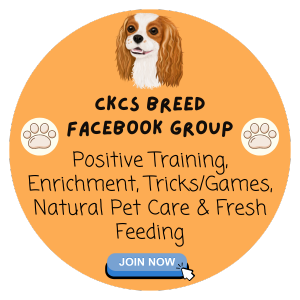 |
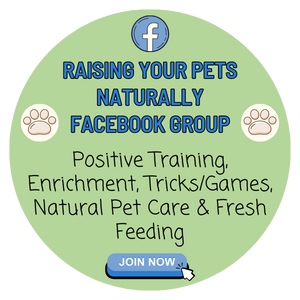 |
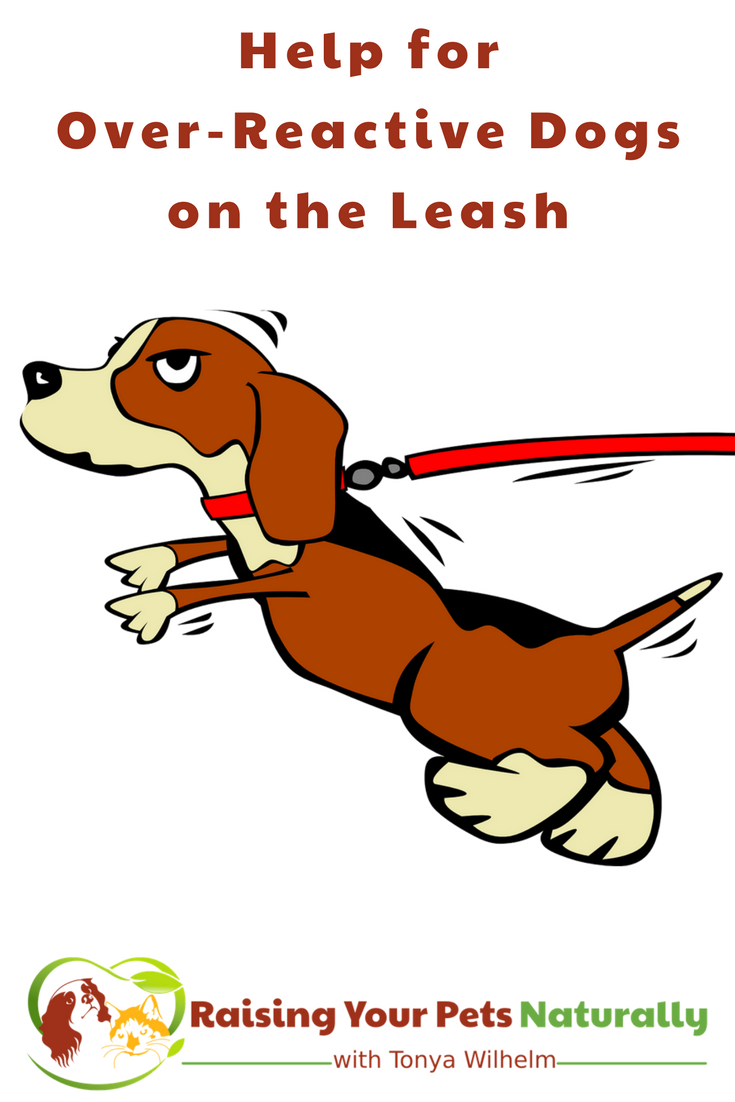
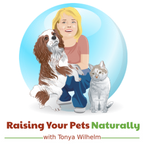


I’ve been working with my dog on loose leash walking for the last week with a clicker and help from some positive training youtube videos and I can hardly believe the results! It’s absolutely incredible! Today is day 6 and while I still put his front harness on him, we only used his flat collar for our walk and we were so successful!!! Now I’ve found your blog and I’ve subscribed to your newsletter and I can hardly wait to learn new stuff and continue to teach my dog. Thank you!
Thanks, Jennifer! What a great job! I really appreciate your words and subscription. I will say, I’m not a fan of attaching a leash to a collar. You can read why here-https://raisingyourpetsnaturally.com/are-dog-collars-safe
He’s reactive to everything. People paper food anything on ground. He walks well if nothing is in his view. He loves people. How can I get him to 1. Stop pulling and spinning on his leash and 2. Biting his leash as in playing a game. Any help? Other than that he’s a wonderful Boston Terrier age 2
Sent an email.